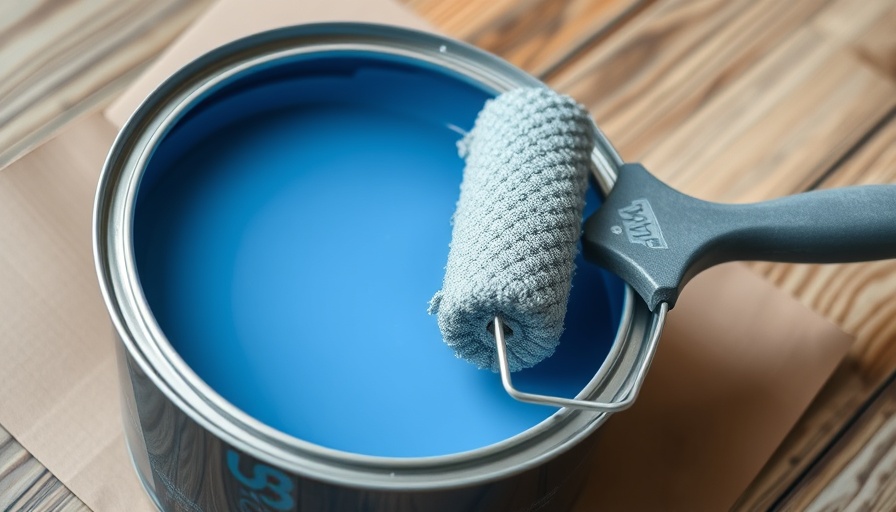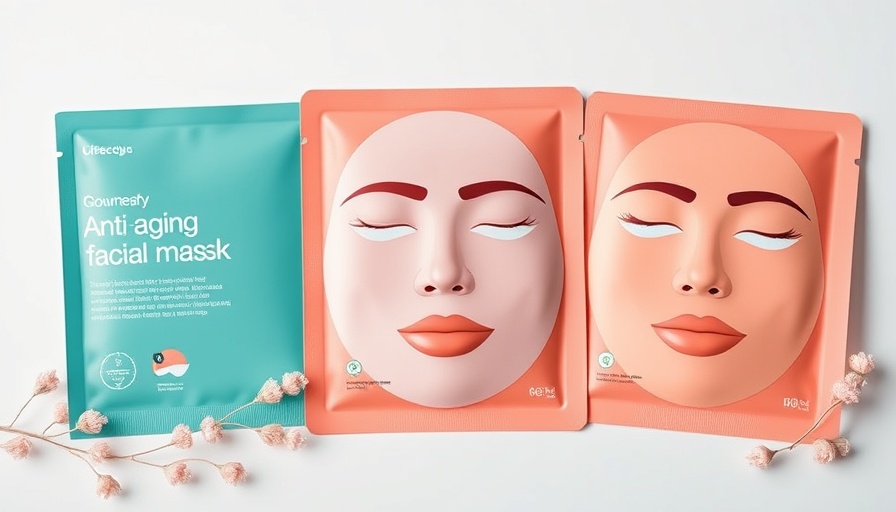
Why eco-friendly paint matters
Choosing eco-friendly paint isn’t just about aesthetics; it’s fundamentally about your health and the planet's wellbeing. Traditional paints release volatile organic compounds (VOCs) into the air, creating potential health hazards. Remember that fresh paint smell? It’s dangerous! Those VOCs, often unseen, can lead to breathing problems and headaches, especially for young children and the elderly.
In Leicestershire, where homes often blend in with the greenery of nature, utilizing eco-friendly paint means reducing this harmful pollution. Indoor air often becomes far more toxic than outdoor levels, and switching to low-VOC or zero-VOC paints breaks this chain reaction.
What goes into eco-friendly paint?
Eco-friendly paint is made up of natural ingredients—think clay, chalk, and plant oils. Unlike the harsh synthetics of traditional paints, these options not only maintain vibrancy in color but come from sustainable sources. For instance, paints like milk or mineral-based products, which have support from historical use, symbolize a return to safer alternatives. Imagine mixing your paint with water at home; it diminishes waste and prolongs shelf life. That's not just smart; it's responsible!
Benefits of switching to natural paints
Before you go for that gleaming can of conventional paint, let’s consider the advantages of eco-friendly alternatives:
- Improved air quality: By reducing VOC levels, you ensure a safer, healthier environment, perfect for family spaces.
- Low odour: You won’t be wafting in strong chemical smells for days. Eco-paints let you breathe easy.
- Healthy lifestyle: Avoid the skin rashes and respiratory concerns that come with conventional paints.
- Less environmental impact: Sustainable sourcing eases your carbon footprint while beautifying your home.
- Easy disposal: After the job is done, leftover eco-friendly paints can be disposed of responsibly.
Types of eco-friendly paint to consider
From organic latex to clay-based paints, there’s a world of eco-friendly options out there. Brands are now leveraging innovative formulations to create paints with stunning hues while sticking to sustainable practices. Some even avoid using animal products altogether—a move towards ethical consumption in home decorating.
How to choose the right paint
First, consider the needs of your home. If you’ve got kids or pets, opt for paints that are non-toxic and resistant to wear and tear. Look for certifications that confirm their eco-friendliness. Remember to explore options from local suppliers in Leicestershire as supporting community businesses ties back into your commitment to sustainability.
Ultimately, choosing eco-friendly paint isn’t merely an aesthetic choice. It’s a lifestyle switch that reflects consideration for both your home and the Earth—all while providing a fresh look for your living space. Ready to make your mark sustainably?
 Add Row
Add Row  Add
Add 




Write A Comment